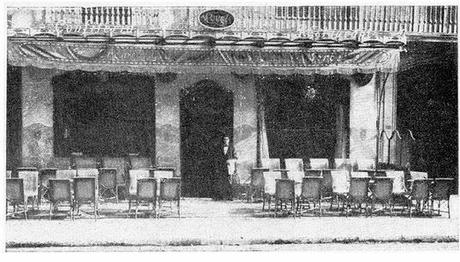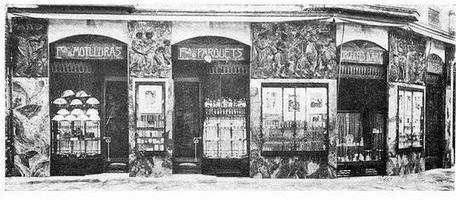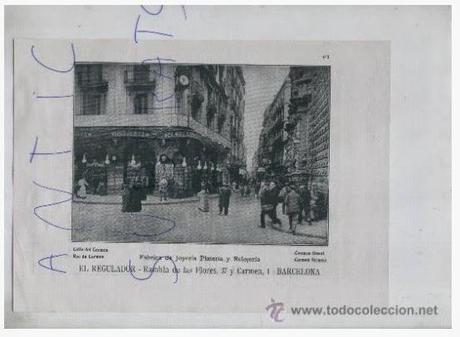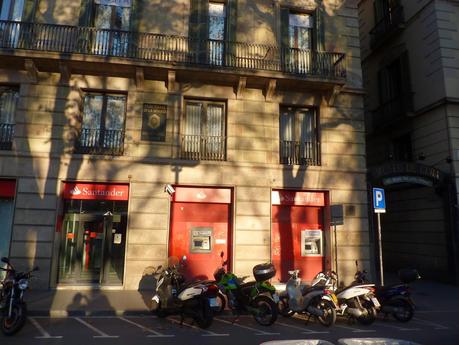Hasta hoy, os hemos presentado pastelerías de Francia, de Austria, de algunos lugares de España... ¡¡ y de Barcelona nada !! Como esto no podía ser, hemos decidido hacer una especie de retrospectiva sobre las pastelerías antiguas de la ciudad, y en lo que se han convertido.
So far, we have written about cake shops in France, in Austria, in a few places in Spain... and about them in Barcelona nothing!! Because we could not go on this way, we have decided to prepare a kind of retrospective about old cake shops in the city, and what they have become.
¡¡Esperamos que os gusté!!
We hope you like it!!
Os proponemos primero bajar por la Rambla Catalunya, donde se encuentra la Pastelería Mauri, la cual desde el año 1929 sirve todo tipo de pasteles, bombones y repostería típica, a pesar de haber tenido que cerrar debido a la civil y al posterior fallecimiento de los dueños en el incendio de dicha pastelería. Una vez renovada con mobiliario modernista, se fue convirtiendo en una cafetería, añadiendo luego una zona de restauración y finalmente un espacio de charcutería.
First and foremost, we propose you having a walk in Rambla Catalunya, where you can find Pastelería Mauri, that have been there since 1929 to sell any type of cakes, chocolates and typical confectionery. However, it had to closed down because of the civil war and the later death of the owners during the fire of the shop. Once renovated with modernist furniture, it became a coffee shop, adding later an area for the restaurant and finally an area for delicatessen
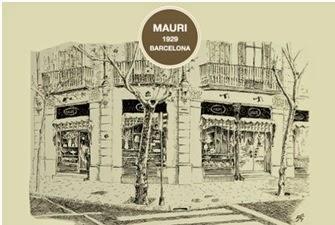
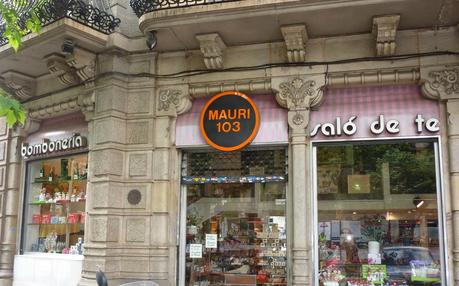
Seguimos bajando y nos detenemos un momento delante del número 21 de la Plaça Catalunya. Ahora se encuentra el Hard Rock Café de Barcelona, pero antes estaba la Confitería Guillermo Llibre, sucursal del establecimiento que Pere Llibre tenía en la calle Ferrán (donde hoy se encuentra un Mc Donald's). La familia también era propietaria de la Maison Dorée, al lado de la Confitería, en el número 22, que ganó el " premio anual a los mejores establecimientoscomerciales de Barcelona" en 1912.
We go on going down and we stop in front of Plaça Catalunya, nº 21. Nowadays, the Hard Rock Café Barcelona is in this building, but before there was the Guillermo Llibre Candy Shop, branch of the establishment that Pere Llibre had in calle Ferrán (where today we can find Mc Donald's). The family was also owner of theMaison Dorée, next to the Candy Shop, in the nº 22, which won the "best commercial establishmentof Barcelona annual prize" in 1912.
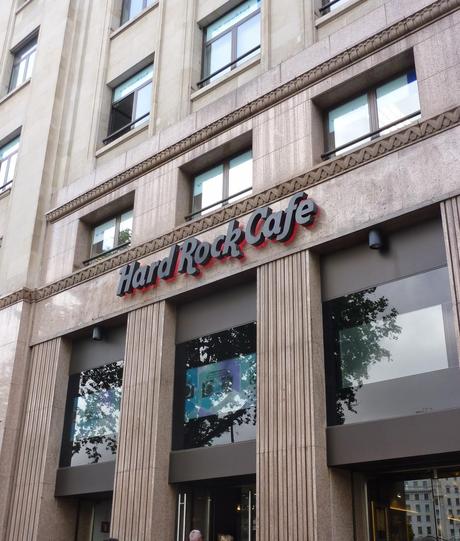
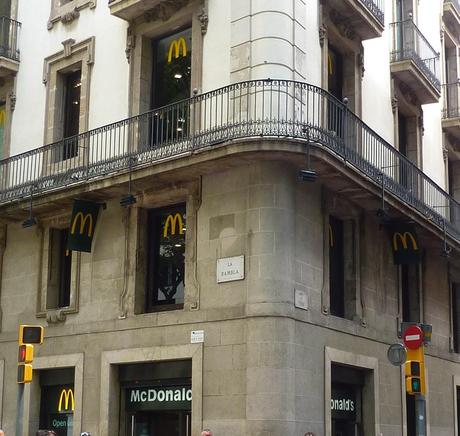
En la misma zona, en el número 6 de la Calle Fontanella, tal y como lo relata el artículo, el 1 de septiembre de 1900 se inauguró allí y Serra, hoy en día, departamento de hacienda de Cataluña.
In the same area, Calle Fontanella nº6, as narrated in the article, on 1 September 1900 was opened the Llibre y Serra Candy Shop. Today, this building hosts the Catalan property department.
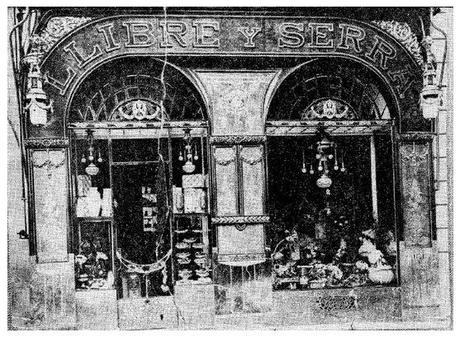
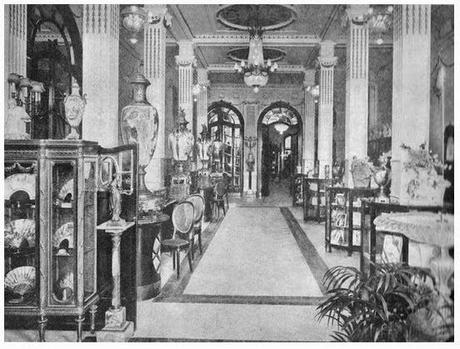
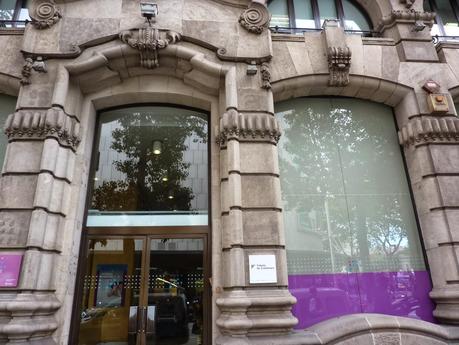
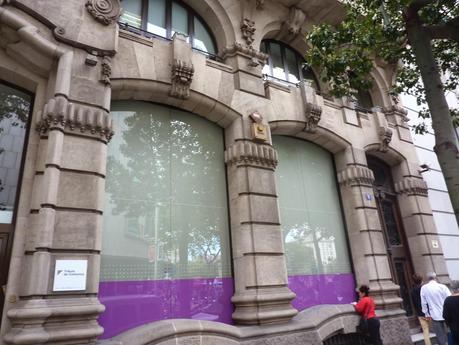
Esta confitería se trasladaría doce años más tarde al número 3 de la Ronda Sant Pere, enla Casa Manuel Girona.
Twelve years later, this shop moved to the nº3 of the Ronda Sant Pere, in the Casa Manuel Girona.
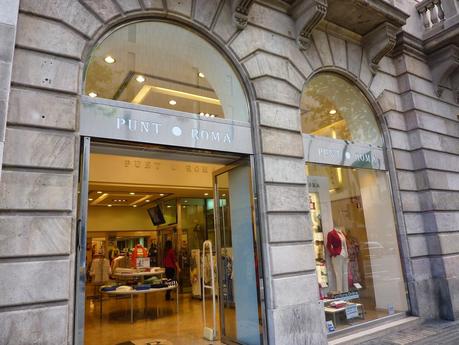
Si nos dirigimos de nuevo hacia Plaça Catalunya, podremos ver ahora en lo que se ha convertido el nº 7. Antiguamente se trataba de Dorée, la cual se montó a raíz del éxito alcanzado por el establecimiento de Esteve Sala situado en el número 58 de la calle Pelai, que introdujo el yogurt y el kefir (especialidad búlgara a base de leche) en Barcelona.
If we go back towards Plaça Catalunya, we will see what has converted the nº 7 into. Before, it was the Second Maison Dorée, which opened as a result of the success of the establishment owned by Esteve Sala, located in the number 58 of the Pelai street, theGranja Royal, that introduced the yogurt and the kefir (Bulgarian specialty based on milk) in Barcelona.
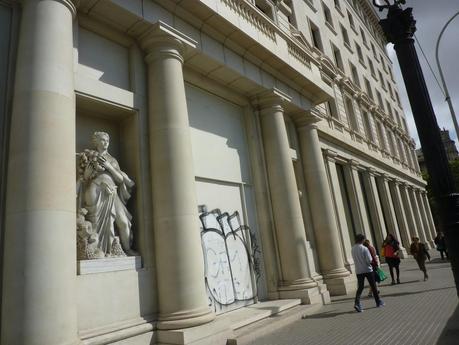
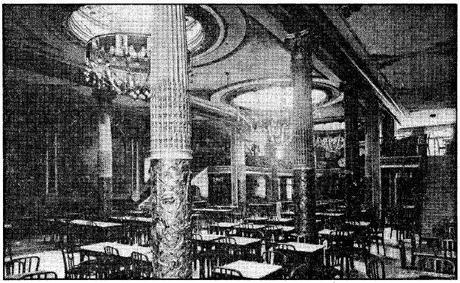
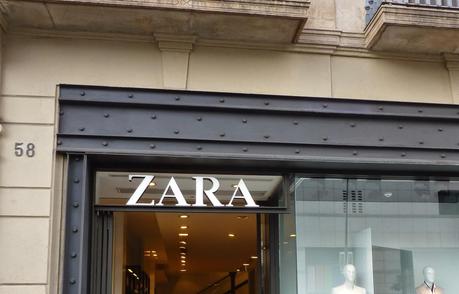
Bajamos ahora por Las Ramblas de Barcelona. Casi frente a la famosa Fuente Canaletas se encuentra el número 129 a nuestra derecha, donde se encontraba antes Riera, referente en cuanto a panecillos de Viena, donde el Sr. Esteve Sala mandaba a su hijo a aprender el oficio.
Now, let's go down The Ramblas of Barcelona. Almost in front of the famous Canaletas fountain there is the number 129 on our right, where before was located the Esteve Riera Candy Shop, a reference concerning the Vienna breads, where Mr. Esteve Sala sent his son to, to learn the profession.
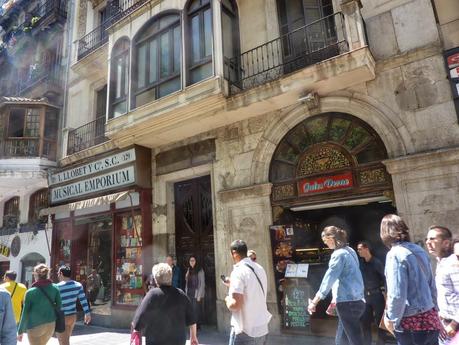
Bajando por esta misma Rambla, esta vez a nuestra izquierda, todavía se encuentra el Café Moka, abierto en 1934 por la misma familia Esteve Sala.
Going down in The Rambla, this time on our left, we still can find the Café Moka, opened in 1934 by the same Esteve Sala family.
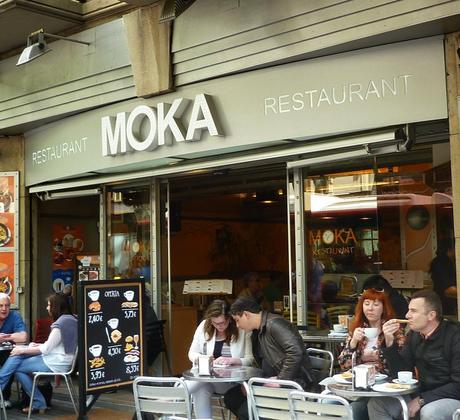
Seguimos por Las Ramblas, donde en el número 83 (a nuestra derecha) nos encontramos con la Antigua Casa Figueras, confitería modernista construida en 1820 y decorado por Antoni Ros y Güell en 1902, que hace esquina y cuya fachada os llamará la atención. Allí se encuentra la famosa Pastelería Escribà.
Further on, on number 83 (on our right) we find Figueras Old House, modernist candy shop built in 1820 and decorated by Antoni Ros y Güell in 1902, located in a corner, which façade will attract our attention. There is the famous Escribà Cake Shop.
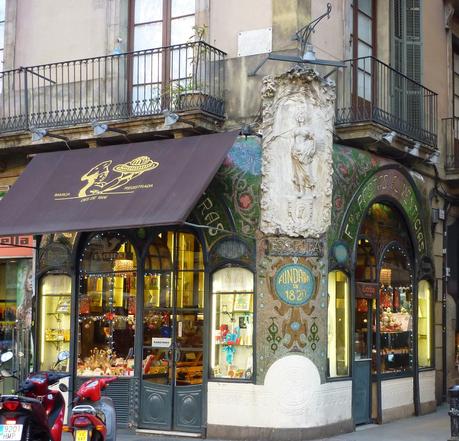
Un poco más abajo pero esta vez en la acera izquierda, se encontraba la Confiteria-Restaurante Royal, que hacía esquina con el pasaje que lleva al Museo de Cera. Este local fue proyectado por Juan Llongueras que se asoció con el Pastelero Ronieu para abrir un local de lujo en la Rambla dels Estudis, 8, donde según la publicidad de la época, se servía "Pastelería selecta, Croissants y pastas para Te, y había Restaurant a la carta, con Servicio esmerado y de lujo, Chef de París."
Down the street, this time in the left sidewalk, was before the Royal Candy Shop-Restaurant, in the corner of the passage that brings you to the Was Museum. These premises were a project of Juan Llongueras, who associated himself with the Pastry Chef Ronieu in order to open a luxurious place in the Rambla del Estudis, 8, where, according to the advertisement of that time, were served "selected patisserie, croissants and tea cakes, and there was à la carte Restaurant, with conscientious and luxurious Service, Chef from Paris."
En el artículo de " La Vanguardia se recoge que El Royal sólo lo frecuentaban la alta burguesía y la aristocracia; hubo que colocar unos guardias que impidieran agolparse a la gente, de tantos mirones ramblistas que se congregaban para admirar el espectáculo, insólito para ellos, de que hubiera gente que sin estar enferma tomara té. Aquel lujoso salón también servia pastelería de gran categoría. Tuvo gran éxito y mi padre compró en seguida la otra parte a su socio. Por aquel entonces se celebró un festival internacional de aviación en el Prat y el Restaurante Royal se encargó de servir el lunch a los espectadores, que de hecho era la misma cliente del establecimiento. Cuando se fundó en nuestra ciudad una delegación del Rotary, al que mi padre también pertenecía, celebraban en el Restaurante Royal las habituales reuniones, que consisten básicamente en una comida semanal".
In an article published by La Vanguardia, we can see that "The Royal was only frequented by the high bourgeoisie and by the aristocracy; security guards were placed to prevent people from crowding together, so many watchers thronged to admire the spectacle, unbelievable for them, that there could be healthy people drinking tea. This luxurious room served also high quality patisserie. It was very successful and my father bought immediately the part of his partner. Then an international aviation festival was celebrated in El Prat and the Royal Restaurant was in charge of serving the lunch to the spectators, who were in fact the same clientele as in the establishment. When a delegation of the Rotary was founded in our city, which my father also belonged to, they celebrated the usual meetings in the Royal Restaurant, basically a weekly lunch or dinner.
